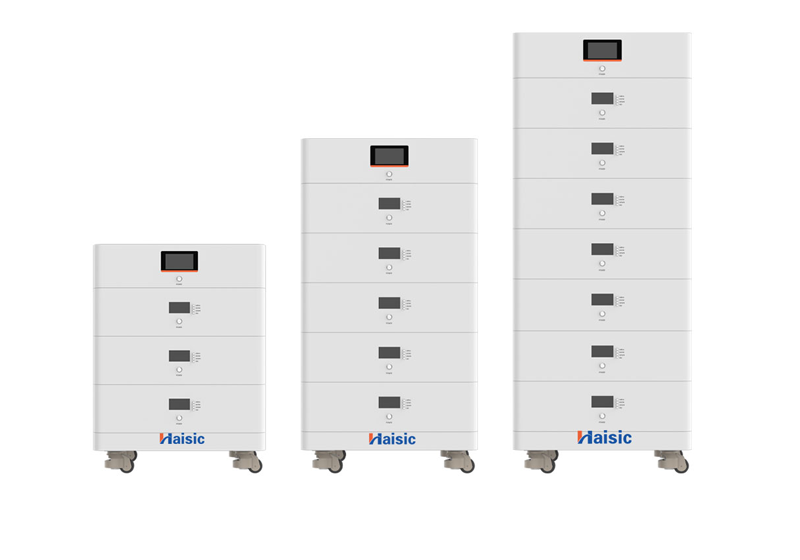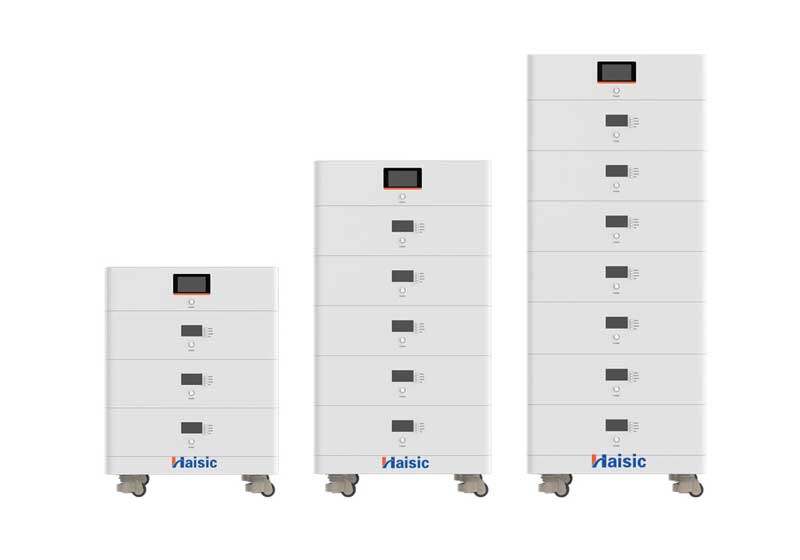Email format error
Email cannot be empty
Email already exists
6-20 characters(letters plus numbers only)
The password is inconsistent
Email format error
Email cannot be empty
Email does not exist
6-20 characters(letters plus numbers only)
The password is inconsistent


The transition to renewable energy has seen a significant rise in the adoption of off-grid solar systems, particularly for remote and rural locations where grid connectivity is either impractical or too expensive. Central to the functionality of these systems is the off-grid solar system battery bank, which stores the electricity generated by solar panels for use when the sun isn't shining. This blog post will delve into the importance of battery banks, their components, and how they are revolutionizing energy independence. As a supplier, Haisic is dedicated to providing robust and efficient battery solutions to ensure your off-grid system operates seamlessly and reliably.

An off-grid solar system battery bank is more than just a storage unit; it’s the heart that keeps the system's lifeblood—electricity—pumping even during the night or on cloudy days. Without a reliable battery bank, the system's ability to provide a continuous power supply would be severely compromised, leading to unreliable energy access.
A typical battery bank for an off-grid solar system comprises one or more batteries connected together to achieve the desired voltage and capacity. The setup usually includes deep-cycle batteries, which are designed to be regularly discharged and recharged without significant degradation.
Lead-acid batteries have been the traditional choice for off-grid systems due to their proven track record and cost-effectiveness. They come in two main types: flooded lead-acid, which requires regular maintenance, and sealed lead-acid, which is maintenance-free but typically more expensive.
Lithium-ion batteries are gaining popularity in off-grid applications due to their higher energy density, longer lifespan, and lower maintenance requirements compared to lead-acid batteries. Although they come with a higher upfront cost, their long-term benefits often justify the investment.
To size a battery bank correctly, one must calculate the total energy needs of the household or facility it will power. This involves listing all electrical appliances and devices, estimating their daily usage, and considering factors like peak usage and days of autonomy required.
Several factors influence the size of a battery bank, including the solar system’s energy production, the climate of the location, and the efficiency of the batteries themselves. It’s crucial to get the sizing right to avoid over-discharging, which can shorten the lifespan of the batteries.
Proper charging is vital for the health and longevity of a battery bank. Charge controllers regulate the flow of electricity from the solar panels to the batteries, ensuring they’re charged optimally. Some systems also allow for supplemental charging from generators or the grid if available.
While maintenance requirements vary by battery type, all battery banks benefit from regular check-ups. This includes monitoring battery voltage, cleaning connections, and ensuring the environment is conducive to the batteries' optimal performance.
The field of battery storage is rapidly advancing, with new technologies promising greater efficiency and longer lifespans. Innovations such as solid-state batteries and flow batteries are on the horizon, potentially offering breakthroughs in off-grid energy storage.
Battery technology is not only improving in isolation; it's also becoming more integrated with other renewable energy systems. This integration allows for more sophisticated energy management and the potential for smart grid connectivity even in off-grid scenarios.
By enabling the storage and use of solar energy, off-grid solar system battery banks play a significant role in reducing the carbon footprint of energy consumption. They facilitate the shift away from fossil fuels and towards a more sustainable energy future.
As the adoption of off-grid solar systems grows, so does the importance of responsible end-of-life management for batteries. Recycling programs and advances in battery materials are helping to mitigate the environmental impact of used batteries.
Off-grid solar system battery banks are essential for ensuring the reliability and effectiveness of solar power in remote locations. They provide the storage necessary to turn the intermittent power of the sun into a stable and dependable energy source. As technology advances, these battery banks are becoming more efficient, sustainable, and integrated with other renewable energy systems. Haisic is at the forefront of these developments, offering cutting-edge battery solutions that empower our customers to achieve energy independence. Trust Haisic to be your partner in navigating the complexities of off-grid solar power, and take the first step towards a greener, more sustainable future.